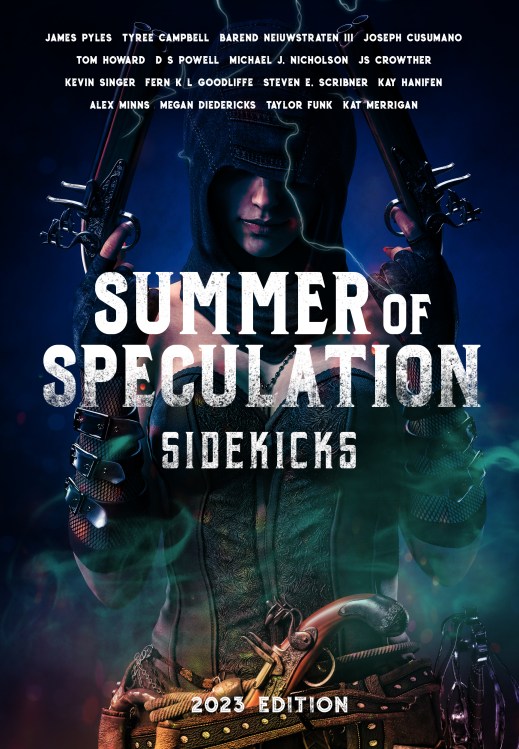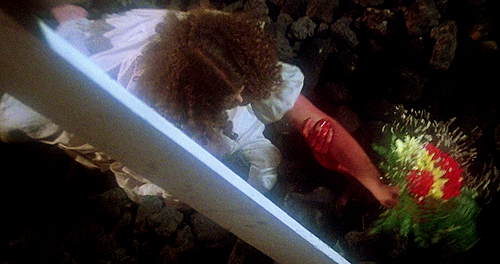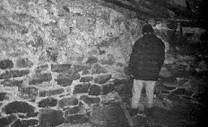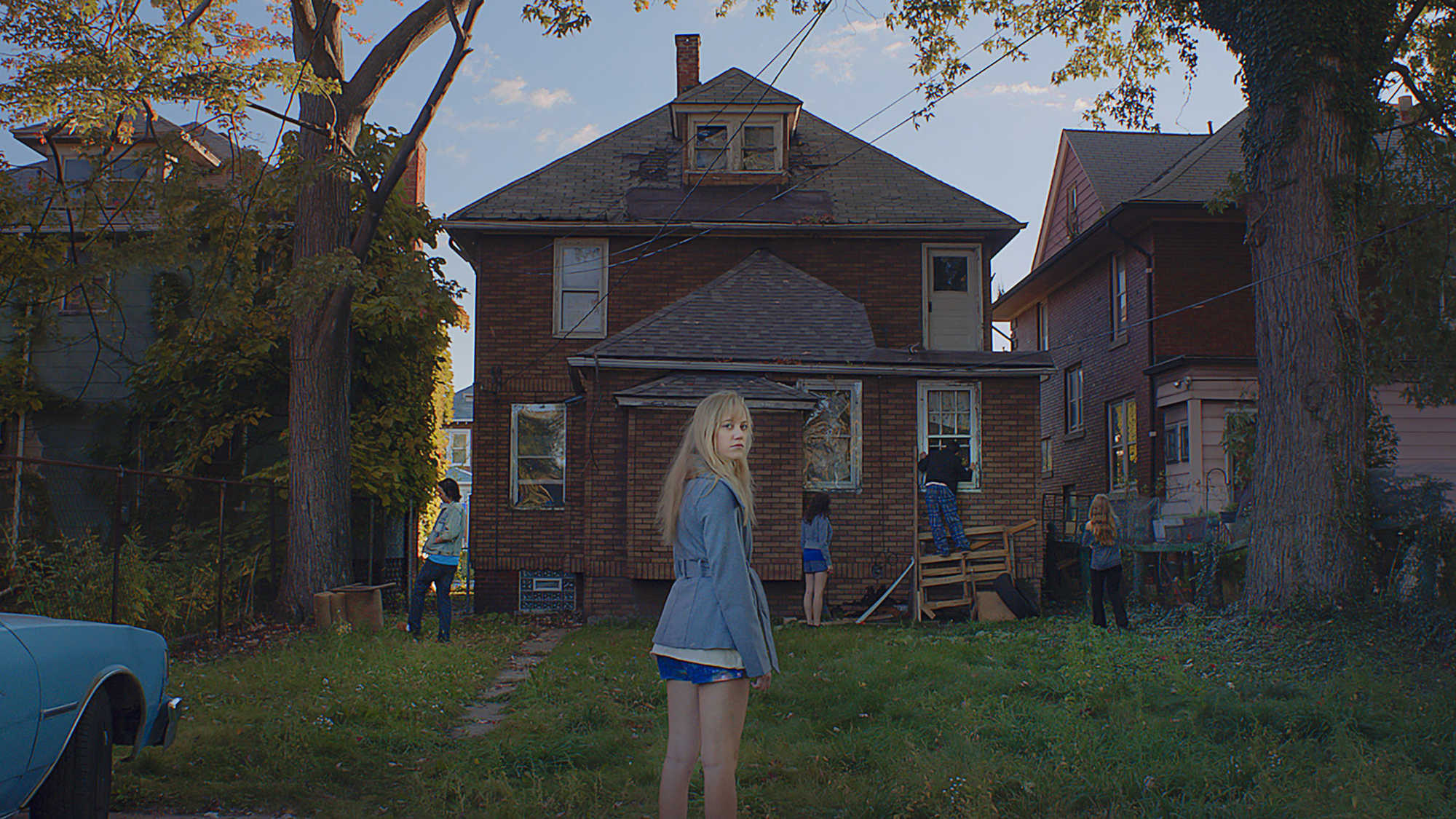This isn’t an easy thing for me to write: I will never read a new Stephen King novel again.
I grew up on King. When I was a teenager I devoured his books: Carrie, Firestarter, Thinner, The Talisman, Eyes of the Dragon, Pet Sematary, It. He was (and still is) a fantastic storyteller. He creates characters who feel real and alive, and in his horror, he captures real fears we all have and relays them to us in ways that keeps us awake well past dark.
I stopped reading him for several years — no real reason, except that there are so many other books out there. Then about five years ago I picked up The Dark Tower. Wow. It floored me. The Dark Tower was King at his best — wild, madcap, bursting with imagination, and populated with characters who seemed as real as you or me. Roland Deschain, the gunslinger and hero of the seven book Dark Tower series, is one of my all-time favorite characters. The seven books of the Dark Tower series weren’t perfect. There was way too much fat. And partway through the series he introduces a character named Stephen King, a writer of horror movies. This was his only major misstep in the whole series; it nearly broke the illusion for me. But I was able to overlook this. Even the ending, controversial to some, was brilliant to me.
Then I made the mistake of reading Under the Dome, his book about a town that’s mysteriously trapped beneath an impenetrable dome, and I realized a few things:
–I’m tired of reading about small-town Maine. The characters in Under the Dome were way too similar to those in his earlier books.
–King’s world is black and white. I like gray.
–King’s writing is devoid of all hope.
That last part is crucial. First, let me be clear: King’s talent and skill are undeniable, and his work ethic is something we should all emulate. But when I write, I must come from a place of hope. Even in the darkest stories I write, there exists a thread of hope, no matter how thin. In Under the Dome, there really was none. The basic message was this: the world sucks, people suck, and ultimately we’re all powerless. I trudged through the 1000 plus pages, hoping for at least a stellar ending, but the ending I got was one of the worst I’ve ever read. It wasn’t even good enough for a bad Twilight Zone episode. It was arbitrary and it made me regret wasting my time.
And now I just finished his latest, Revival. Where do I begin?
First, the good. King is a master of a unique premise, or, at least a premise that would have seemed obvious, but for some reason wasn’t. For this book, he infuses horror into the well-worn cliche of the faith healer. You would think it’s been done to death, but I can’t think of another case. And he works in clever homages to Mary Shelley’s Frankenstein and the cold horror of HP Lovecraft.
But first you have to sift through the boring life of one Jamie Morton, who is well meaning enough, but nothing more than a way for King to relay the glories of his small town baby boomer generation. I grew up in the shadow of the baby boomer generation. Never again do I want to hear about how cool or special their lives and culture were. Thank God for that skill known as skimming pages.
Jamie aside, King gives us Pastor Charles Jacobs. In Jacobs we have someone who is much more compelling — a man of God who loses all faith when his wife and son die in a horrific accident. King deftly describes the accident, sparing none of the gore. And he paints a brilliant picture of a man shattered.
Unfortunately it’s told through the bland eyes of Jamie, whose motivations are never quite clear or understandable. There’s an attraction between him and Jacobs, something that keeps them coming back to each other over the years, but it’s never explained. We’re just expected to go along until the bleak, bitter end.
And what an end it was. The world of Revival is one of utter horror, with no hope of escape. In the end, Jacobs and Jamie glimpse the afterlife, and its a hellish afterlife awaiting every man, woman and child. I’m not a psychologist, but I’m guessing Stephen King hates religion. I’d bet he doesn’t even believe in God. Fair enough. A belief in God is by no means a prerequisite for a good and happy life. But what King gives us is an inversion of God and religion. Not only is there no purpose to life, but we are insignificant, and will suffer cruelly no matter what we do.
Revival, similar to Under the Dome, is a book about being utterly powerless. It is a book that contains not a single shred of hope. In fact, hope is systematically killed off until nothing but despair remains.
Revival left me feeling pretty low. Yes, I know it’s JUST A BOOK. But one of the reasons we read books, watch TV, go to the movies, listen to music, etc, is to feel transformed. We’re looking for something to feed our souls, to make us feel alive, to affirm the beauty and goodness of life. King’s Dark Tower series did this for me. But these last two books — Under the Dome and now Revival — did the opposite. All they did was bring me lower.
Stephen King is a wildly talented and successful writer. I can’t speak for his state of mind (I wouldn’t presume to do so) but I hope he’s not living in a place of darkness. I’ve loved being a part of his literary word, but it’s time for me to let him go.


 Of course that’s not what literally happened in The Babadook. It’s a horror movie, after all. A monster called the Babadook possessed Amelia, causing all sorts of cringeworthy madness and mayhem. Kudos to the writer and director for capturing truly horrific moments, from a cockroach infestation to a nasty bit of self dentistry.
Of course that’s not what literally happened in The Babadook. It’s a horror movie, after all. A monster called the Babadook possessed Amelia, causing all sorts of cringeworthy madness and mayhem. Kudos to the writer and director for capturing truly horrific moments, from a cockroach infestation to a nasty bit of self dentistry.














